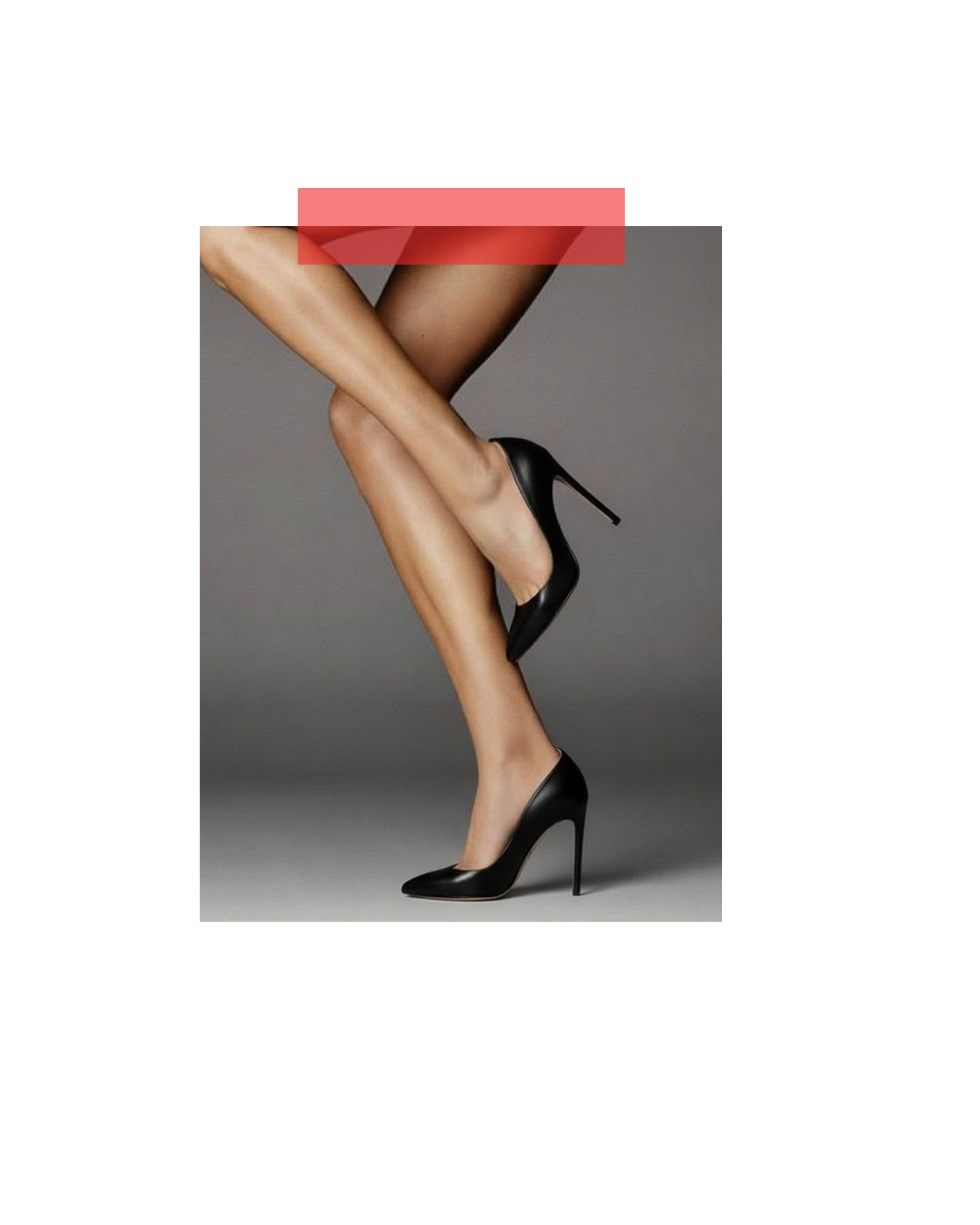Varicose veins are a common medical condition characterised by enlarged, swollen, and twisted veins, most often appearing blue or dark purple. While they can occur anywhere in the body, they are most frequently found in the legs and feet. They develop when the small valves inside the veins, which are designed to keep blood flowing towards the heart, become weak or damaged. This causes blood to pool in the veins, leading to their characteristic engorged and twisted appearance.
Understanding the Causes of Varicose Veins
Several factors contribute to the development of varicose veins:
- Genetics: A strong family history of varicose veins is one of the most significant risk factors, suggesting a hereditary predisposition to weaker vein walls or faulty valves.
- Age: As individuals age, veins naturally lose elasticity, and the valves can weaken, making them more susceptible to becoming varicose.
- Gender: Women are more likely to develop varicose veins than men, largely due to hormonal changes during puberty, pregnancy, menopause, and the use of hormonal birth control, which can relax vein walls.
- Pregnancy: The increased blood volume, hormonal changes, and the pressure exerted by the growing uterus on pelvic veins can lead to varicose veins in the legs and vulva.
- Obesity: Excess weight puts increased pressure on leg veins, contributing to their weakening.
- Prolonged Standing or Sitting: Occupations or lifestyles that involve long periods of standing or sitting without much movement can hinder blood flow back to the heart, increasing pressure in leg veins.
- Lack of Physical Activity: Inactivity can weaken leg muscles, which are important for pumping blood upwards through the veins.
- Trauma or Injury: Previous injury to a vein can weaken it.
- Deep Vein Thrombosis (DVT): A history of blood clots in the deep veins can damage valves and lead to varicose veins.
Symptoms and Complications
While often primarily a cosmetic concern, varicose veins can also cause a range of uncomfortable symptoms:
- Aching, heavy, or tired legs: Especially after prolonged standing.
- Swelling in the ankles and feet.
- Muscle cramps, particularly at night.
- Itching around the affected vein.
- Pain that worsens after long periods of standing or sitting.
- Skin discoloration or changes: The skin over the vein may become dry, itchy, discoloured (brownish), or thickened (lipodermatosclerosis).
- Restless legs.
In more severe cases, untreated varicose veins can lead to complications such as:
- Leg ulcers: Painful, non-healing sores that develop on the skin near the affected vein.
- Thrombophlebitis: Inflammation of the vein due to a blood clot (superficial or deep).
- Bleeding: If the skin over a varicose vein becomes very thin, it can rupture and bleed.
Management and Treatment of Varicose Veins
Management of varicose veins ranges from conservative measures for symptom relief to various medical procedures. Consulting a healthcare professional, such as a general practitioner, phlebologist (vein specialist), or vascular surgeon, is crucial for accurate diagnosis and to determine the most appropriate course of action.
Conservative Management (Often for Symptom Relief & Prevention of Worsening):
- Compression Stockings: These specialised stockings apply graduated pressure to the legs, helping to compress the veins and improve blood flow back to the heart. They are often the first line of treatment for symptoms.
- Regular Exercise: Activities that involve leg movement, like walking, swimming, or cycling, help strengthen calf muscles, which aid in venous return.
- Elevation: Elevating the legs above heart level for periods throughout the day can reduce swelling and discomfort.
- Avoid Prolonged Standing or Sitting: Take breaks to move around if your work involves long periods of immobility.
- Weight Management: Maintaining a healthy weight reduces pressure on the veins.
- Dietary Adjustments: A diet rich in fiber can prevent constipation, which can contribute to increased abdominal pressure.
Medical Procedures (For More Significant Varicose Veins or Complications):
Modern treatments for varicose veins are typically minimally invasive and performed on an outpatient basis.
- Sclerotherapy: Involves injecting a solution (sclerosant) directly into the varicose vein. The solution irritates the lining of the vein, causing it to swell, stick together, and eventually scar shut. The vein then fades over time. This is often used for smaller to medium-sized varicose veins and spider veins.
- Endovenous Laser Ablation (EVLA) or Radio frequency Ablation (RFA): These are common procedures for larger varicose veins. A thin catheter is inserted into the affected vein, and laser or radio frequency energy is delivered to heat and seal the vein shut. Blood then reroutes to healthy veins.
- Ambulatory Phlebectomy: Small incisions are made in the skin to physically remove shorter segments of varicose veins.
- Vein Ligation and Stripping: A traditional surgical procedure for very severe cases, involving tying off a vein before it joins a deeper vein (ligation) and then removing (stripping) a large section of the affected vein. This is less common now due to the effectiveness of minimally invasive techniques.
- Adhesive Embolisation (e.g., VenaSeal): A medical adhesive is used to seal the affected vein shut.
The choice of treatment depends on the size, location, and severity of the varicose veins, as well as the individual's overall health and preferences. A thorough medical assessment is essential to ensure the most effective and safest approach.
